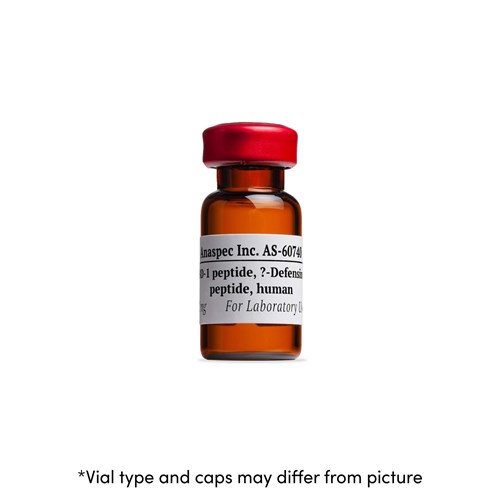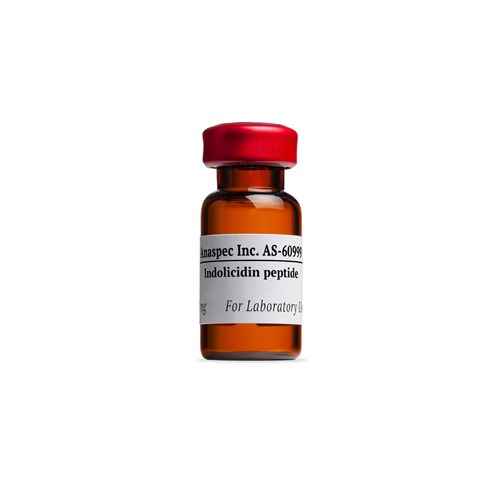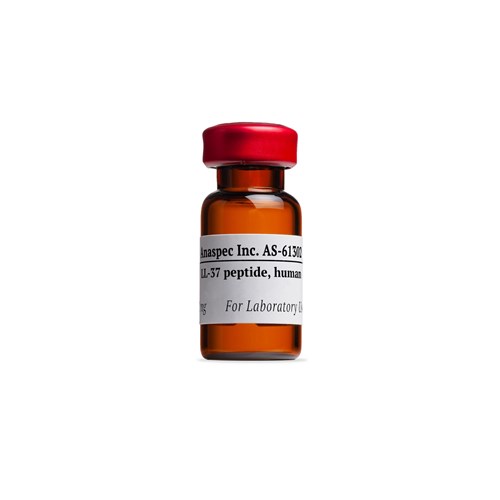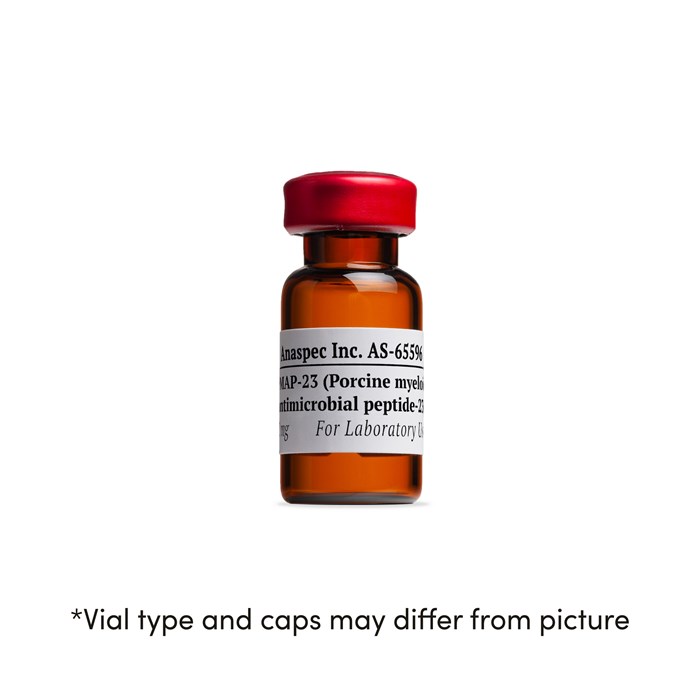PMAP-23
- Cat.Number : AS-65596
- Manufacturer Ref. :
-
Availability :
In stock
Porcine myeloid antimicrobial peptide-23 (PMAP-23) is a host defense peptide that belongs to cathelicidins. It has potent activity against Gram-negative and Gram-positive bacteria and displays strong antifungal activity against yeast and mold. It is not toxic to eukaryotic cells up to concentrations 100 times higher than those needed for bactericidal activity
Specifications
| Chemistry | |
| Sequence one letter code |
|
|---|---|
| Sequence three letter code |
|
| Molecular Formula |
|
| Molecular Mass/ Weight |
|
| Modification | |
| Conjugation |
|
| Quantity & Purity | |
| Purity |
|
| Storage & stability | |
| Form |
|
| Storage Conditions |
|
| Activity | |
| Biomarker Target | |
| Research Area | |
| Sub-category Research Area | |
| Usage |
|
| Source | |
| Source / Species |
|
You may also be interested in the following product(s)



References
Antimicrobial and Immunomodulatory Activity of PMAP-23 Derived Peptides
Protein Pept Lett. . 2017 Jan 01 ; 24(7) 609 | DOI : https://doi.org/10.2174/0929866524666170428150925
- E. Veldhuizen
- et al
Fungicidal effect of antimicrobial peptide, PMAP-23, isolated from porcine myeloid against Candida albicans
Biochem Biophys Res Commun . 2001 Mar 30 ; 282(2) 570 | DOI : https://doi.org/10.1006/bbrc.2001.4602
- D.G. Lee
- et al
Structural Studies of Porcine Myeloid Antibacterial Peptide PMAP-23 and Its Analogues in DPC Micelles by NMR Spectroscopy
Biochem. Biophys. Res. Commun. . 2002 Jan 11 ; 290(1) 204 | DOI : https://doi.org/10.1006/bbrc.2001.6173
- K. Park
- et al

